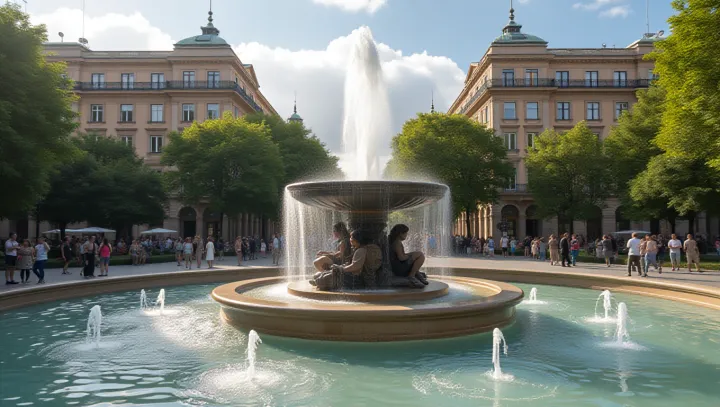Fountains Transcending Boundaries

Fountains, often gracing public squares and iconic landmarks, have long enchanted travelers worldwide. Cities such as Rome, with its Trevi Fountain, exemplify how these structures captivate visitors, contributing significantly to the local tourism economy. As architectural marvels, fountains provide not only aesthetic pleasure but also cultural and historical insights.
Recent studies highlight the pivotal role of fountains in travel itineraries. 'Fountains offer a unique blend of cultural heritage and architectural innovation,' notes Dr. Emily Turner, a renowned art historian.
Her insights reveal that tourists often prioritize visits to fountains, driving increased footfall to surrounding areas. This trend underscores the strategic importance of fountains as cultural beacons. Furthermore, city planners and tourism boards are recognizing the potential of these landmarks.
Efforts to preserve and promote fountains are intensifying, acknowledging their influence in shaping a city's identity. Experts assert that in a rapidly globalizing world, fountains serve as timeless symbols, bridging past traditions with contemporary tourism aspirations.
